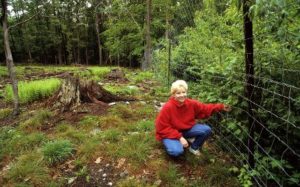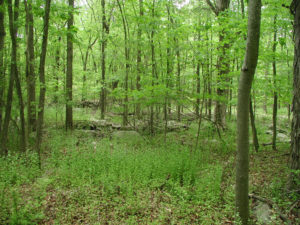Posts by Peter Smallidge
The white-tailed deer (Odocoileus virginianus) can significantly influence the diversity, longevity and sustainability of rural woodlands, forests and maple syrup sugarbushes. As selective browsers, deer will eat some plants more readily than they eat other plants. Many of the tree species deer prefer to consume are valued by owners as sources of timber, maple syrup, …
Read MoreAmerican beech and many other native and non-native woody plants can dominate a woodland, exclude or limit the regeneration of desired plant species, and limit the biodiversity of the site. In high abundance, these species can complicate access for maple producers. Often these interfering species gain dominance because of selective deer browsing of desired plant…
Read MorePesticides refer to a chemical, regulated by the US Environmental Protection Agency, that will prevent, destroy, or otherwise damage pests such as insects, plants, fungi, rodents, etc. Used correctly and judiciously, pesticides are an effective and safe tool. Specific types of pesticides include, for example, herbicides that control plants, insecticides that control insects, or fungicides…
Read MoreOn most wooded properties, the owner will recognize the presence of at least a few undesired plants species. In some cases, these plants become sufficiently abundant and interfere with the owner’s objectives. Interference might include the development of a beech or fern understory that impedes oak or pine regeneration; hardwoods that interfere with the establishment…
Read More- « Previous
- 1
- 2




